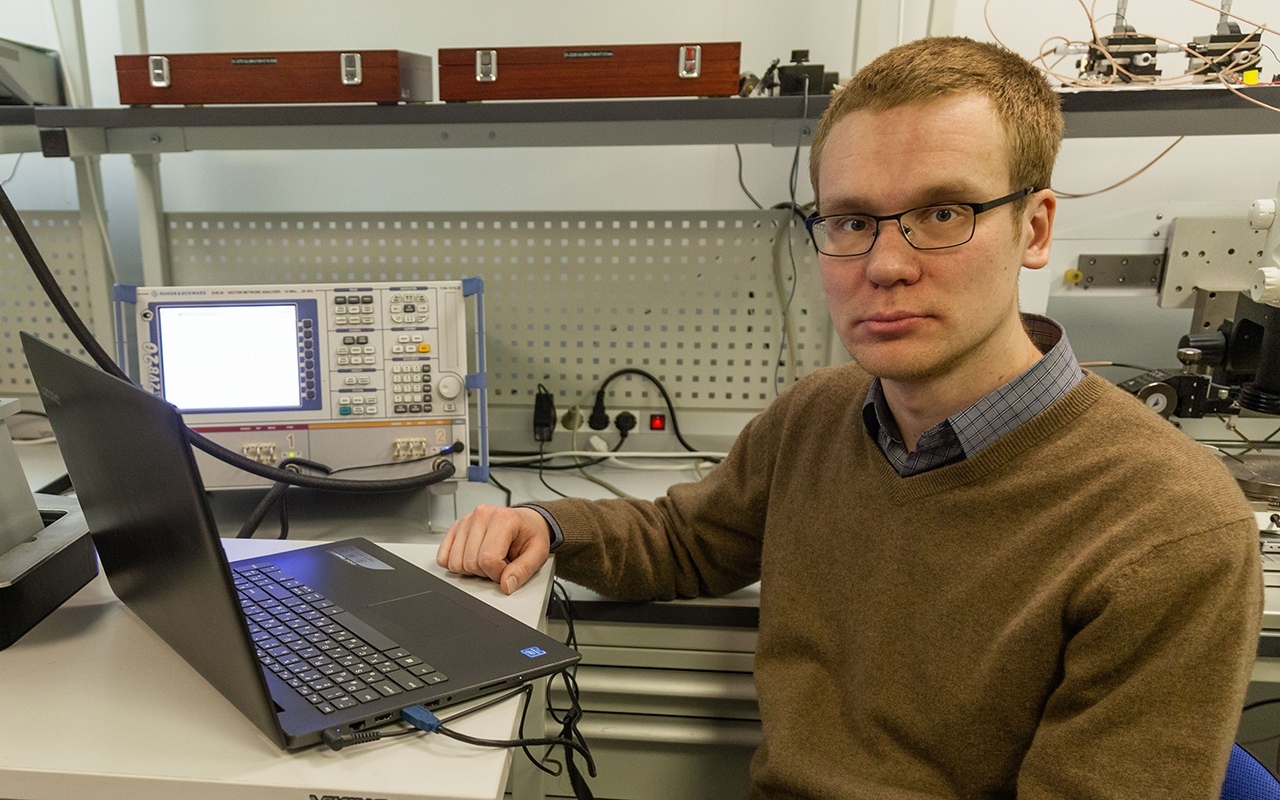A team of researchers from
Saint Petersburg Electrotechnical University “LETI,” Peter the Great Saint Petersburg Polytechnic University, and the Technical University of Madrid tested and improved a classic approach to the research of magnetic fluids – liquid substances that get polarized in the presence of a magnetic field. The results of the work were published in the “Applied Sciences” journal.
Magnetic fluids consist of two immiscible phases: magnetic material particles (from several nanometers to several micrometers in size) and a polar or nonpolar dispersion medium. Such fluids are considered colloid systems: they don’t hinder light transmission but disperse the rays of light. Moreover, they don’t settle out because of the chaotic thermal motion of molecules. Magnetic fluids have several important properties: they are resistant to transitioning into other physical conditions, can preserve magnetization after it reaches its top level, and change their viscosity when magnetized.
Fluids like this are used in the mining industry, machine building, electronics, and medicine. For example, they can serve as lubricants and coolant materials or transfer power and energy from one mechanism to another. Different areas of application require magnetic fluids with different particle concentrations. To achieve a necessary concentration, the fluid is diluted several times. However, because of it, particles can stick together, and important properties of the fluid may be lost.
To properly prepare a diluted magnetic fluid, one needs to analyze the particle size distribution. In this process, one could use optic methods such as dynamic light scattering (DLS) — an approach based on the analysis of the time behavior of light scattering intensity on a sample. Still, the standard DLS technique does not provide data on the shape of the particles. Moreover, when the particles in diluted magnetic fluids stick together, it is impossible to study them individually.
A team of researchers including Kamil Gareev, a researcher at the Department of Micro and Nanoelectronics of ETU “LETI,” decided to use the original DLS method to study the size distribution of both individual magnetic particles and their aggregates in magnetic fluids. They synthesized magnetite–silica magnetic fluid from a water solution of iron (III) chloride and iron (II) sulfate following a method patented by LETI and studied its optical, structural, and magnetic properties.
The particle composition of the magnetic fluid was studied using microscopy, while its phase composition was analyzed based on the reflection of X-rays and electrons from the particles. To study the magnetic properties of the fluid, the team chose the method of vibrating sample magnetometry.
To analyze the shape of the particles, the team improved the DLS technique. This way, they managed to study the quantitative characteristics of magnetic material particle motion in a fluid medium for the first time. Namely, they focused on the translational and rotational diffusion coefficients of individual magnetic particles and their aggregates. The values of these parameters are determined by the rotational influences of the chaotic thermal motion of molecules and are indicative of particle sizes.
Using this data, the team calculated the geometrical parameters of nanoparticles and their aggregates and found out that the former had almost spherical shapes while the latter were more elliptical. The spherical shape of 10–20 nm large magnetic nanoparticles determined their superparamagnetic properties, i.e. the absence of the magnetic moment without an external magnetic field.
These characteristics are especially important for medicine: superparamagnetism prevents the particles from sticking to each other in the bloodstream and reduces the risk of thrombosis. Moreover, because of this property nanoparticles can be used as a magnetically controlled carrier for targeted drug delivery and as a contrasting agent in MRI.
“Using the improved DLS technique, we have studied the structural properties of magnetite–silica nanoparticles and made one more step towards introducing them into medical practice, namely MRI. Moreover, our method could be used to study nanoparticles not only in magnetic fluids but also in biological solutions,” explains Kamil Gareev, a researcher at the Department of Micro and Nanoelectronics of ETU “LETI.”
According to the team, when diluted 200 or more times, a magnetic fluid loses its stability, and its particles form aggregates around 140 nm in diameter. In the future, the researchers plan to find out at what level of dilution magnetic fluids lose their resistance to sedimentation.
